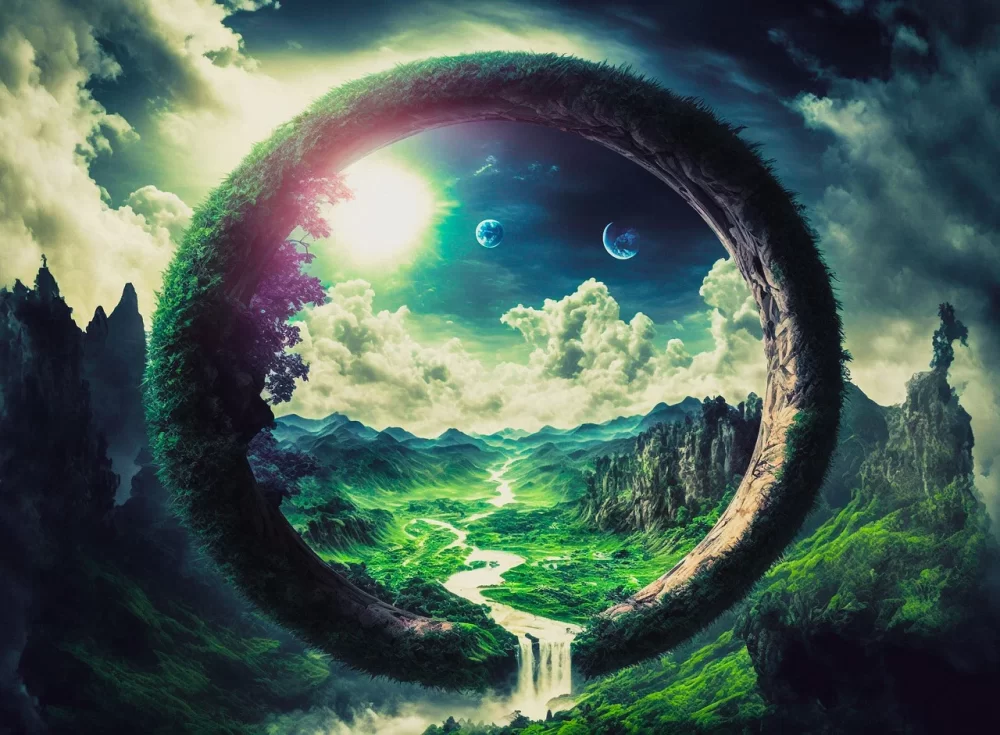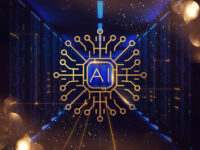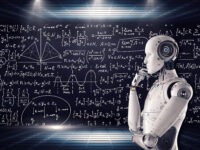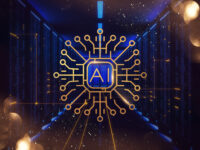The generative-AI-art cat has been let out of the bag. In the last several years, artificial intelligence art generators such as Stable Diffusion, Midjourney, and DALL-E have had a meteoric rise in popularity — hyper-realistic still-life works and out-of-this-world landscapes can now be created by anyone who can put their ideas into words. How does this technology work, and how might it affect the future of art and technology?
Most AI art generators must first learn to differentiate types of images through a diffusion process. This process adds incremental, known amounts of noise to a training image, scrambling the image more and more until it is completely unrecognizable. A neural network is then trained to estimate the amount of noise that separates any given image from the original “noiseless” image; this predictive power allows the AI itself to gradually generate a plausible original image from pure noise and iteratively add noise to a given image until it is back to a mass of garbled pixels.
After coming up with a satisfactory description of their image, a user can input the phrase into the AI, which uses natural language processing to extract meaning out of the sentence and represent it in a series of tokens. Then, when the AI iteratively removes noise from a starting image, the tokens are also taken in as inputs, conditioning the AI to create an image related to the user’s prompts.
“Who owns AI creations: the user who created the artwork’s prompt, the developers of the software being used, or the many collective artists whose styles and work provide training data for the art generator?”
This technology, which is part of a broader model called generative learning, can also be applied to other fields: For example, generative AIs are being used to discover new drugs based on the characteristics of existing drugs. From text to images to programming code to drugs, AI can now create new media instead of simply categorizing existing data. But is this creation ethical? Should we completely rethink our existing notions of intellectual property and data ownership just to accommodate the perceived potential of AI art?
In today’s technology-dominated world, data is an invaluable resource. Every digital artifact seems to be asking for it — to increase ad revenue, optimize performance, or both. Lengthy terms of service coerce us into giving up our personal information; websites ask to use cookies that track our browsing activity. Besides acting as a representation of human creativity and expression, artwork is now another type of data that is being used to train machine learning algorithms and generative art AI. Is it ethical to use intellectual property as data points — is it fair to the original artists?
“From text to images to programming code to drugs, AI can now create new things instead of simply categorizing existing data.”
The U.S.’s fair use guidelines generally allow the unlicensed use of copyrighted media for noncommercial purposes that do not affect the value of the original copyrighted material — by these terms, training an AI model on copyrighted art is protected. However, using AI-generated images for a commercial illustration or ad could be considered copyright infringement — monetizing a creation that is based on hundreds of unlicensed art pieces is ethically and legally questionable at best. Under current copyright law, which requires copyright-protected works to be human-created, the AI itself cannot copyright any work, but the many other groups of people who are involved in creating AI art, with or without consent, may be able to. The tension between human artists, AI developers, and potential AI art users hasn’t led to any solution — so is it wise to implement generative AI art on a large scale?
The tech world likes to think that their creations push boundaries, redefining what’s possible. We go further and further, drawing on seemingly endless human ingenuity to constantly reconstruct our future — but are there lines we shouldn’t cross? Right now, AI art is mostly just a cool art gimmick, but its societal implications are much, much larger than we can foresee at present. Before we can predict or even consider its effects and implications, it might be wiser to hold off on creating the next machine-created masterpiece.
Image courtesy of Pixabay





